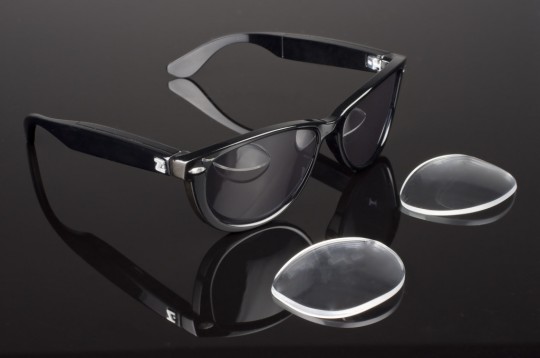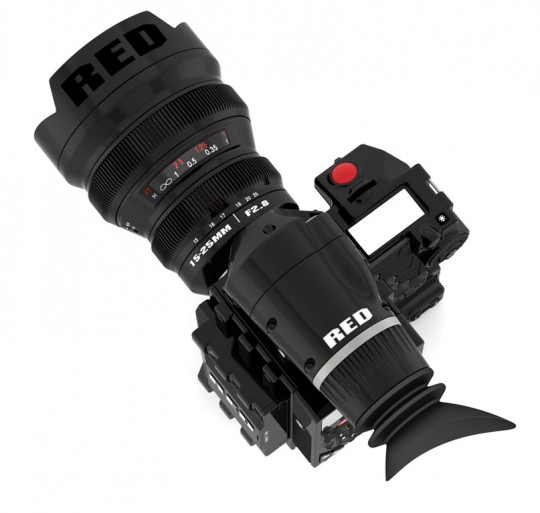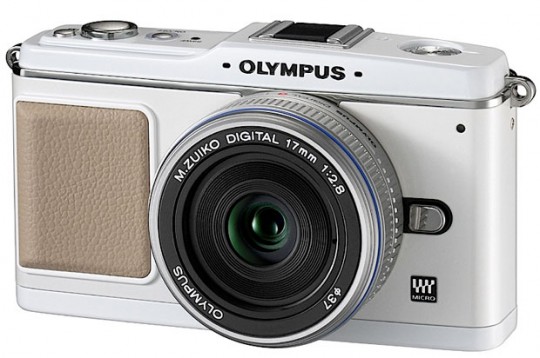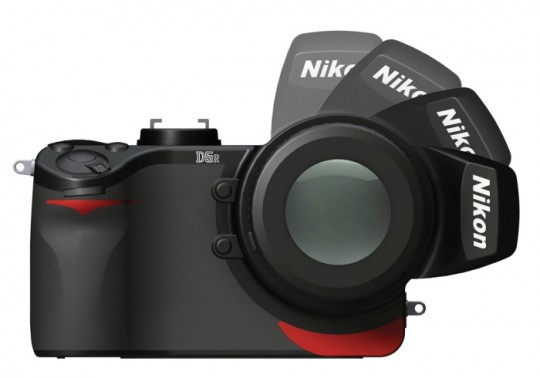A game’s choice of inventory system can make gameplay worry-free or stressful. In the worst cases, managing your items can feel like work or make you not want to play at all.
Inventory comes in many forms. I’m specifically referring to the player’s management of limited inventory space. This space may include crafting materials, usage items, and collectibles. Sometimes, the item management & finding upgrades becomes the game, in the cases of the Diablo or Borderlands series.
Here is an inventory (get it? sorry) of my recently completed games and their handling of inventory. As you can tell, these are all single player games. No plot spoilers. Below are inventory mechanics ratings, not overall gameplay ratings.
The Legend of Zelda: Breath of the Wild – awful
The game has inventory for different weapon types. While you don’t need to max out your inventory size, it helps so you can collect different weapons. My issue with this game is the laughable item durability. Items break often with some usage. This was an intentional gameplay mechanic, but it made me conscious enough that I would strongly consider avoiding battles just to keep my inventory pristine. Given the choice, I would prefer a game with weapons that did not disappear completely, an affordable repair cost for broken weapons, and a more limited inventory size.
Horizon Zero Dawn – below average
In the resources section, your character holds trading parts, crafting material, and other items. By fighting enemies, you’ll usually pick up parts and materials. At the end of the game, I had a few of each part and a good amount of crafting materials. Crafting materials are important to have since you craft ammo to fight with. With my inventory maxed out at the end of the base story and at the start of the expansion (The Frozen Wilds), figuring out which parts to sell is such an ordeal that it’s killed my interest in exploring the expansion. Each new fight, I get more items that remind me my inventory is at capacity. This game would really benefit from a storage chest in town to offload parts that I don’t need constantly.
Control – acceptable
This game has weapon mods, personal mods, and confusingly named materials to find. While it is easy to fill up your inventory, the ease of cleaning up my inventory made the system a non-issue. Also, the game’s sorting options for mods (rarity, type, etc) made clean up easier.
Marvel’s Spider-Man: Miles Morales – good or N/A
This game doesn’t really have inventory. Miles has ammo counts for his gadgets, but those are easy to replenish. This game is all about swinging around Manhattan and fighting lots of well-armed enemies (somehow everywhere in the city).
The Last of Us Part II – good or N/A
This game doesn’t have a complicated inventory system. You can find crafting materials or collectibles. If you max out your crafting materials space, you can’t pick up anymore until you use it up. Fair enough.
Wrapping it up, I wish more developers would consider adding Quality of Life improvements after you complete the game. This could come in the form of a massively expanded inventory (if the game’s inventory size was typically limited).
In The Last of Us Part II, New Game+ lets you purchase and use gameplay modifiers (such as cheats), which made replaying the game notably different. Fighting tough monsters without worrying about ammo? Sign me up!







